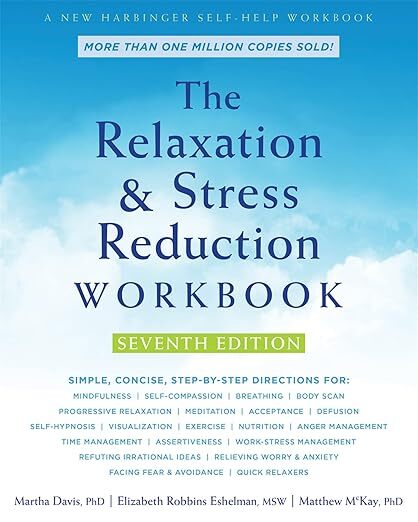Safe Place Imagery
Visualize a Calming Sanctuary to Reduce Stress and Anxiety

Introduction
Safe Place Imagery, also known as guided imagery or visualization, is a relaxation technique where you create a vivid mental image of a peaceful, safe, and comforting place. By engaging all senses—sight, sound, touch, smell, and taste—this method fosters emotional security and mental calmness, making it an effective tool for enhancing well-being.
What You Need To Know
How To Do It
Instructions:
1. Find a Quiet Space
Choose a comfortable, distraction-free environment. Sit or lie down, using pillows or a blanket for support. Dim the lights or close your eyes to enhance focus.
2. Center with Breathing
Take slow, deep breaths through your nose, letting your abdomen rise. Exhale gently through your mouth. Continue this rhythm for 1-2 minutes to relax your mind and body.
3. Create Your Safe Place
Imagine a place where you feel completely at ease—it could be real (e.g., a beach, forest, or cozy room), a memory, or a fully imagined scene. Build the scene using all senses:
- Sight: See vibrant colors, like blue ocean waves or green forest leaves. Notice light or shapes.
- Sound: Hear soothing sounds, like gentle waves, birds chirping, or soft music.
- Touch: Feel textures, like warm sand, cool grass, or a soft blanket.
- Smell: Smell calming scents, like salty air, pine trees, or fresh flowers.
- Taste (optional): Imagine a comforting taste, like warm tea or chocolate.
Spend 30-60 seconds on each sense to create a vivid, immersive experience.
4. Immerse in the Scene
Explore your safe place mentally. Walk through it, notice details, or rest in a favorite spot. If a trusted person or pet enhances the feeling of safety, include them. If intrusive thoughts arise, gently return focus to the calming elements. Stay in this space for 5-10 minutes, soaking in the peace.
5. Return Gently
When ready, take a few deep breaths and slowly bring awareness back to the present. Wiggle your fingers and toes, then open your eyes. Reflect on the calm you’ve cultivated. Aim for 10-15 minutes per session, ideally daily.
Helpful Tips:
- Start Simple: Focus on one or two senses if visualization feels challenging at first.
- Be Flexible: If a scene feels uncomfortable, try a different one that feels soothing.
- Use Guided Audio: Apps or recordings can guide you through the process.
- Practice Regularly: Daily sessions, even short ones, enhance benefits over time.
- Combine Techniques: Pair with deep breathing or progressive muscle relaxation for deeper calm.
- Personalize It: Tailor the imagery to what feels most comforting for you.
- Stay Patient: Visualization skills improve with practice; don’t worry if it feels hard initially.
- Track Progress: Note changes in stress or mood before and after sessions to see improvement.
Related Topics:
Strongly Related
Reduce Stress:
[Links to related web pages]
[Links to related web pages]
Issue C:
[Links to related web pages][Links to related web pages]
Moderately Related
Issue B:
[Links to related web pages]
[Links to related web pages]











